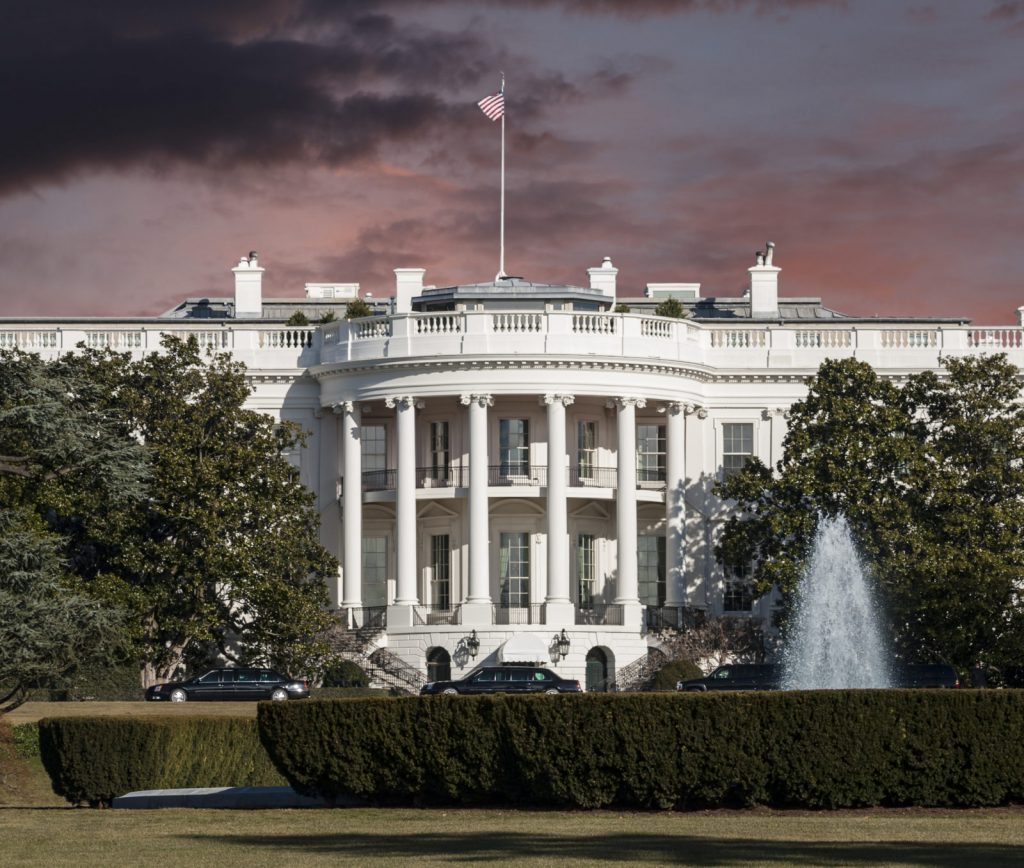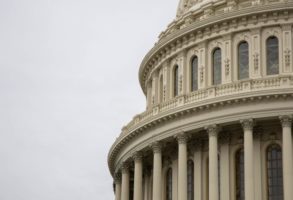
Published February 4, 2015
Presidential budgets can be modestly useful documents even when they are dead-on-arrival in Congress, as President Obama’s 2016 budget plan is this year. That’s because every budget includes many tables, and the numbers within those tables generally tell a story that is closer to the truth than the sales pitch and political spin that are standard fare in the explanatory materials. This is not to suggest that the budget’s numbers can’t also be manipulated — they can be, sometimes. It’s just harder to conceal the whole truth in tables that purport to show the entirety of the government’s tax-and-spending plans.
And what’s revealed in the tables accompanying this year’s budget is that the Obama administration’s fiscal policy is deeply flawed and risky. The president would like to expand entitlement commitments again — free community-college attendance, federal financing of universal pre-school education, etc. — even as he claims some modest amount of budget-deficit reduction. To make the numbers add up, he has to find some new money somewhere. And where does he go? The same place he has gone since taking office in 2009: large tax increases focused on capital income and higher-income households; deep cuts in the defense budget; and more cuts in what Medicare pays providers of medical services.
But it’s the height of fiscal folly to build a budget on the assumption that tax increases for high-income earners, defense cuts, and health-care price controls are reliable ways to make room for large new spending commitments.
In the 2016 budget, the president is seeking a $1.8 trillion tax increase over the period 2015 to 2024, with at least one-third of this total coming from imposing higher taxes on upper-income taxpayers. This tax increase would go on top of the large tax increases already secured by the president during his time in office, including a $1.0 trillion, ten-year tax increase as part of the Affordable Care Act (ACA) and another $0.6 trillion tax increase over a decade in the tax agreement that extended on a permanent basis most of the Bush-era tax policies. If the president is successful in securing another tax hike (highly unlikely with the most Republican Congress in decades), federal tax receipts would reach 19.9 percent of GDP ten years from now. That’s 2.5 percentage points of GDP above the average federal-tax receipts over the past 50 years, and most of that additional revenue would come from the higher-income taxpayers.
There’s a reason federal revenue has generally been in the range of 17 to 18 percent of GDP. It’s because that’s the level that has been politically and economically sustainable in the past. Whatever one thinks of upper-income Americans, is it realistic to expect that the federal government can count on an additional 2 percent of GDP or so — or $370 billion — in revenue every year by focusing tax hikes exclusively on the so-called top 1 percent? For reasons both economic and political, that is highly unlikely.
The president’s other favorite target is the defense budget. President Obama says he wants to abandon the spending limits for the defense budget that were agreed upon in 2011, but his plan is still entirely unrealistic. In 2024 — nine years from now — the president calls for a defense budget of just $630 billion, essentially the same amount in nominal terms as defense spending in 2015. Relative to the size of the national economy, the Obama budget would push defense spending down to 2.3 percent of GDP — the lowest level since 1940. In inflation-adjusted dollars, this is a massive cut in the resources devoted to national security. Over the past 50 years, the federal government has spent on average 5 percent of GDP on defense requirements. Given the world situation today, with the Middle East in turmoil, Russia becoming ever more aggressive toward countries formerly within the Soviet orbit, and China seeking to become a formidable world power, is it realistic to believe the U.S. can get by in the coming decade with a defense budget that is less than half of the historical average?
The president’s other favorite target is Medicare’s byzantine payment rules for the providers of medical services. Proponents of the ACA — Obamacare — like to claim that the law is bringing down health-care cost inflation with “delivery-system reforms.” These are the changes in Medicare, such as Accountable Care Organizations, that are supposedly ushering in a new era of more-cost-effective medicine. But the Congressional Budget Office (CBO) has estimated that these changes will produce, at best, very modest savings. The big cuts in the ACA were of the old-fashioned variety: blunt, across-the-board payment-rate reductions that apply to all providers of services, regardless of how well or poorly they treat their patients. In total, these cuts add up to at least $740 billion over a decade. The largest cut in the ACA is a permanent reduction of about 1 percentage point in the inflation adjustment for payments to hospitals and other facilities. The cumulative effect of this cut is so large that the actuaries who examine Medicare’s finances believe it cannot be sustained.
The president doubles down on this approach by advancing another $400 billion in Medicare and Medicaid spending reductions in the 2016 budget, with most of the savings coming from new payment-rate reductions. For instance, there is another cut in inflation adjustment for facilities taking care of patients after they leave hospitals, totaling nearly $100 billion over a decade.
The budget says that the new cuts in provider payments will reach $71 billion in 2024 alone. Those cuts are on top of the $150 billion or so in cuts enacted in the ACA. Together, these cuts will total about 0.8 percent of GDP in 2024.
In summary, then, the president’s budget is built on the assumption that it will be possible to sustain a tax increase on upper-income households of about 2.5 percentage points of GDP, cut defense spending 2.5 percentage points of GDP below the historical average, and impose Medicare payment-rate reductions of 0.8 percentage points of GDP. If any one of these assumptions is wrong, the Obama budget plan would become a major fiscal risk. If all three are wrong, as seems most likely, annual deficits could easily be 6.0 percentage points of GDP — or $1.1 trillion — above the Obama budget projections.
Of course, none of this seems to matter to the Obama administration. The budget proposal is clearly aimed at influencing the political debate heading into 2016, not at solving the country’s fiscal problems. Indeed, the president seems indifferent to his fiscal record, perhaps because there’s no redeeming it at this point anyway. From 2009 to 2016, the eight years spanning his two terms, the federal government will have run a cumulative budget deficit of $7.4 trillion . When he took office, the national debt was $5.8 trillion. If the budget plan he submitted this week were followed, the debt would reach $14.8 trillion at the end of 2016. And that’s before the full pressures associated with Baby Boomers’ retirement are visible in the spending estimates.
The story of fiscal policy over the past 40 years has been a relentless movement toward expanded entitlement commitments. Two-thirds of the federal budget is now devoted to benefit programs and transfer payments. Budget experts have been urging national leaders for years to reform these programs to free up resources for other investments and to limit the burdens on current and future taxpayers. Instead of following this advice, the president expanded entitlement commitments and tried to cover the costs with tax hikes and spending adjustments that will inevitably erode over time due to political pressures.
The good news is that the GOP Congress won’t go along with the president’s plans to dramatically expand the government’s entitlement commitments. The bad news is that not much progress can be made to implement serious reforms during the president’s final two years in office. Instead, it will fall to the next president to face up to the major fiscal challenges never addressed during the Obama years.
— James C. Capretta is a senior fellow at the Ethics and Public Policy Center and a visiting fellow at the American Enterprise Institute.







